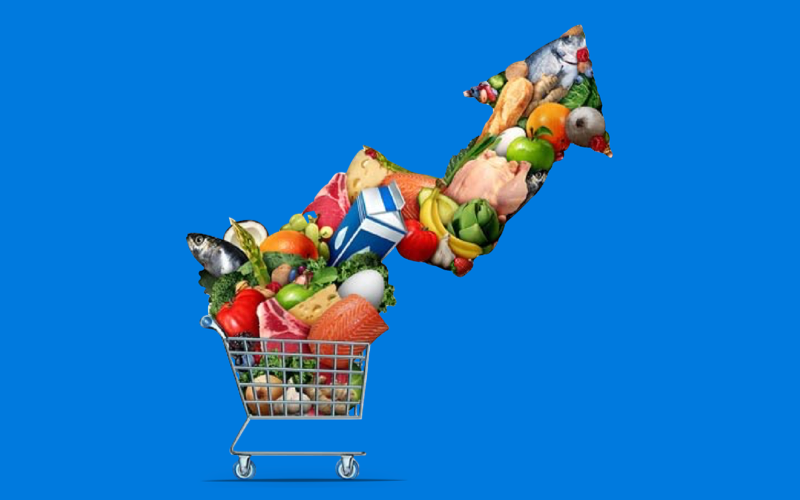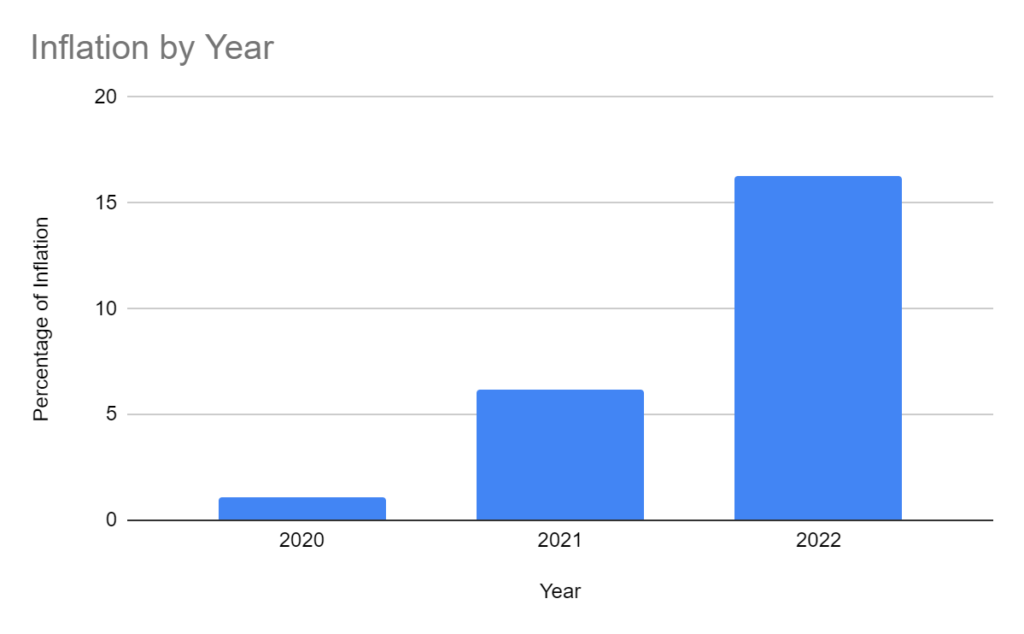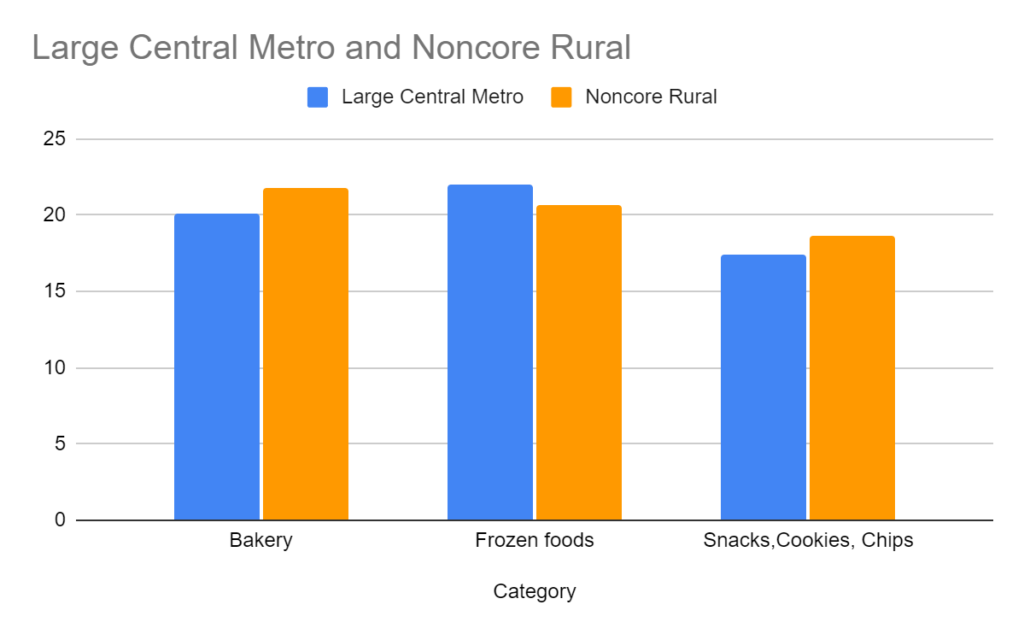Food for Thought
2022 Grocery Price Index Year-End Update


Datasembly’s Grocery Price Index is the only source of actual grocery price inflation because we have built an engine that collects and harmonizes more than 12 BILLION data points from today’s largest retail data sources, every week. Other Indices use weighted values of a select basket of goods and household services, we use data we collect from over 200 of the top retailers representing more than 150,000 stores across North America.
Using this data, Datasembly has created a summary of grocery pricing from 2022, for what has been an unprecedented year in grocery inflation.
Historically, the U.S. Labor Department’s Bureau of Labor and Statistics (BLS) reports that grocery inflation hasn’t had a double digit annual increase since 1979… until now. Using Datasembly’s Grocery Price Index, 2022’s grocery inflation was compared to the prior two years, and the results were as follows:

The first three quarters of the year drove the majority of the spike with sharp increases of 5.5%, 4.9%, and 4.5%, respectively, while Q4 demonstrated the first signs of a slowdown - a modest increase of just 1.5%. (Dec with a 0.35% increase). More specifically, the highest monthly increase for ‘22 came in March at 2.05% while the lowest monthly increase was seen in August at just 0.06% increase.
Using our data collected from over 150,000 stores and over 200 retail banners that span over 30,000 zip codes across the United States, Datasembly is able to compile unparalleled product data by category, state and metro area, which provides unique granularity and insight into inflation specifics.
Throughout the year we identified dramatic differences across the food categories. Frozen food reported the highest percentage of inflation with a 21.3% increase while alcohol remained interestingly steady with the lowest increase of 4.2%.
States also saw differences with their inflationary impacts. The highest rate of grocery price inflation across the states in 2022 were:
The states with the lowest rate of grocery price inflation in 2022 were:

Datasembly’s data collection starts at the most granular levels for every product, in every store of every city, allowing inflation to also be measured by major metropolitan, urban and rural levels.
The major metropolitan areas with the highest rate of grocery price inflation in 2022 were:
The major metropolitan areas with the lowest rate of grocery price inflation in 2022 were:
The major differences we found between Large Central Metro areas (most dense population) vs Noncore Rural areas (least dense) for 2022 were the following:

Grocery inflation in 2022 yielded increases, the likes of which haven’t been seen in over 40 years. Using Datasembly’s comprehensive data, it’s evident that there wasn’t a state, metro area or category that wasn’t impacted by inflation in 2022.
As the industry prepares for 2023, Datasembly will continue to monitor and provide summaries of price changes, as they occur, across major grocery categories and geographies. In the coming months, we’ll also be launching the new version of our Grocery Price Index that will include a number of enhancements including a much larger set of categories to help track grocery inflation at a much more granular level.